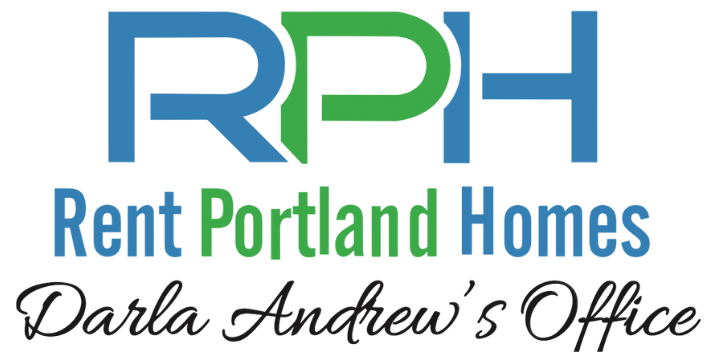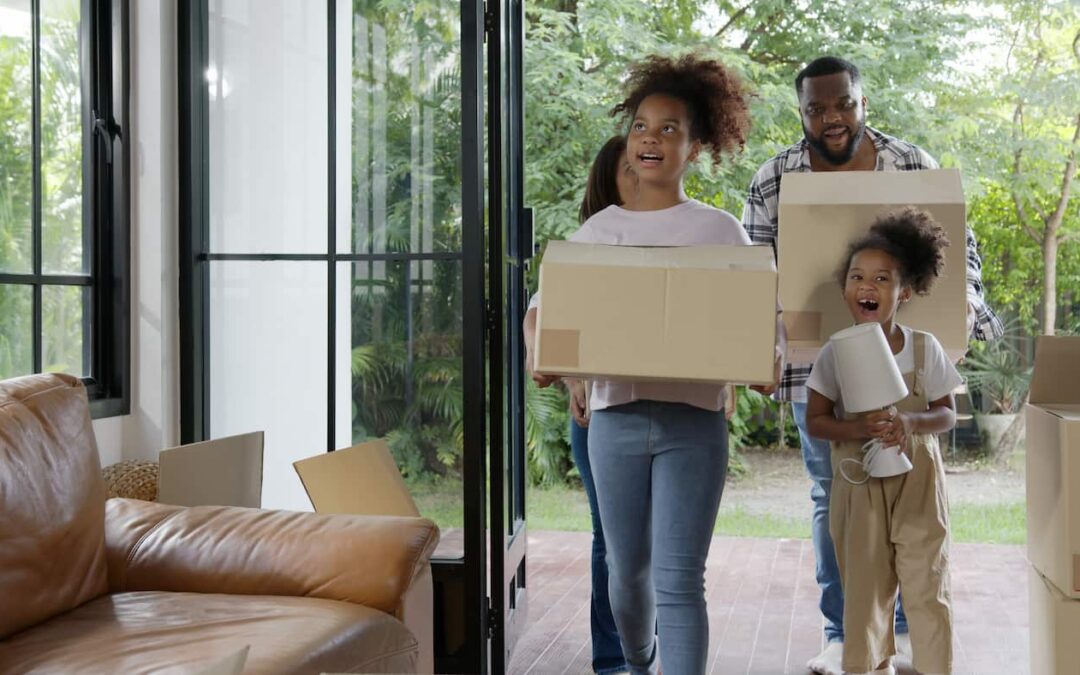Renting a home is an exciting and sometimes nerve-wracking journey, and it’s important to navigate each step of the renting process with care. A successful tenancy requires more than paying rent on time—it’s about finding the right rental, being a responsible tenant, and leaving the property in good condition when move-out time comes.
Here’s a guide to walk you through each phase of the renting process, from finding the perfect place to saying your goodbyes when you move out.
Step 1: Finding the Right Rental
The first step in any rental experience is, of course, finding the right place. This is often the most exciting part, but it can be overwhelming given the options.
- Determine Your Priorities: Before scrolling through listings, think about what you need in a rental. How much space do you require? Do you need to be close to public transportation or have parking? Are pet-friendly accommodations a must? Knowing what’s important to you helps cross out properties that don’t fit your needs.
- Set Your Budget: Most experts recommend that you spend no more than 30% of your income on rent. But don’t forget to factor in utilities, internet, and any extras like parking or pet fees
- Check the Neighborhood: Once you’ve found a few potential rentals, do a little homework on the neighborhoods. Walk around during the day and at night to get a feel for safety and the local vibe. Look at proximity to grocery stores, cafes, parks, and other amenities that matter to you.
- Online Reviews and Ratings: If you’re renting in an apartment complex, check online reviews to see what current or past tenants have to say. Complaints about noise, poor maintenance, or unresponsive landlords can be red flags.
Step 2: Applying for a Rental
Once you’ve found a place that checks your boxes, it’s time to apply. This step is where you can shine by being prepared and organized.
- Gather Your Documents: Most landlords will ask for the same basic set of documents: proof of income, employment verification, and references. You’ll also need a government-issued ID. If you can provide these quickly, it shows you’re serious and organized, which can give you an edge over other applicants.
- References: Some landlords will ask for references from past landlords or employers. Make sure you have a few people in mind who can vouch for your responsibility, both financially and in terms of being a good tenant.
- Rental History: If you’ve rented before, make sure to list all relevant details of your rental history. Be honest—if you had any disputes with previous landlords, it’s better to explain them upfront than to have the landlord find out during the screening process.
- Application Fees: Keep in mind that many landlords cover the cost of background and credit checks by charging application fees. Make sure you understand the total cost before applying.
Step 3: Moving In
Congratulations on being approved! Before you send the invites to your housewarming party, there are a few important tasks to handle to ensure a smooth move-in.
- Read and Understand the Lease: This is one of the most critical steps. The lease is a legally binding document, and you need to know what you’re agreeing to. Read it carefully—everything from rent payment dates to pet policies to maintenance responsibilities should be outlined. If you have questions or don’t understand something, ask the landlord for clarification.
- Document the Condition of the Rental: Most landlords will conduct a move-in inspection and provide a checklist. Make sure you note any damage or wear and tear before you move in. Take photos and keep a copy of the checklist for your records.
- Set Up Utilities and Services: Once you’ve signed the lease, arrange to have utilities like water, electricity, gas, and internet set up in your name if the landlord doesn’t cover them. It’s better to do this before move-in day so you’re not scrambling to get the lights on or the Wi-Fi working.
- Plan for Moving Day: Moving can be chaotic, but a little planning goes a long way. Make sure your move-in date aligns with the lease start date, and arrange for movers or rental trucks well in advance, especially if you’re moving during peak times.
Step 4: Enjoy Your Rental Responsibly
Once you’re settled in, the bulk of your tenancy is all about living harmoniously in the space. Being a good tenant goes beyond just paying rent on time.
- Follow the Lease Terms: Follow the rules outlined in your lease, whether it’s pet policies, noise restrictions, or how to dispose of trash. If you want to make any changes to the apartment—like painting a wall or hanging shelves—get permission from your landlord first.
- Communication is Key: If something goes wrong—like a leaky faucet or broken appliance—report it to your landlord right away. Don’t wait for minor issues to turn into bigger problems. A good landlord will appreciate the heads-up and will likely get repairs done faster if you’re upfront.
- Respect Your Neighbors: Be mindful of noise levels, especially in apartment buildings or shared housing. Keeping the peace with neighbors goes a long way in maintaining a positive living experience. Plus, landlords are more likely to renew leases or provide favorable references if they hear good things from your neighbors.
- Insurance: Get renter’s insurance. It’s relatively inexpensive and protects you in case of accidents, theft, or damage to your belongings. Plus, some landlords require it.
Step 5: The Move-Out Process
Eventually, whether it’s due to a new job, a change in lifestyle, or simply the end of the lease, you’ll need to move out. A smooth move-out process is key to getting your security deposit back.
- Give Proper Notice: Most leases require you to give a specific amount of notice before move-out, typically 30 or 60 days. Make sure you give this notice in writing and confirm with your landlord that they’ve received it.
- Clean Thoroughly: One of the biggest reasons tenants lose their security deposit is due to cleaning fees. Before moving out, deep clean the entire unit. This includes carpets, appliances, windows, and walls. If you’ve made any changes, like installing shelves or painting, return the unit to its original condition (unless you have written permission from the landlord to leave it as is).
- Repair Any Damage: If you’ve caused any damage—whether it’s a hole in the wall from hanging artwork or a broken window screen—fix it before you move out. Otherwise, the cost of repairs will come out of your security deposit.
- Schedule a Move-Out Inspection: Some landlords will automatically schedule a move-out inspection, but if not, ask for one. This allows you to potentially address any issues that come up in the inspection before being charged for them.
- Forward Your Mail: Make sure to update your address with the post office, as well as with any important accounts like banks or subscriptions.
Make Your Rental Experience a Success From Start to Finish
Renting a home involves more than just signing a lease and moving in. By being thoughtful and organized at each stage—whether you’re hunting for a place, applying, or preparing for move-out—you’ll ensure a positive rental experience for both you and your landlord. Following the terms of your lease, maintaining open communication, and respecting the property will lead to a smooth tenancy, making the whole process much more enjoyable.
And if you’re ready to get started on your successful tenancy, Rent Portland Homes Darla Andrew’s Office has the best selection of top-quality rentals in the Portland Metro area. Check out all we have available on our website, or reach out to get more info at (503) 515-3170.


Recent Comments